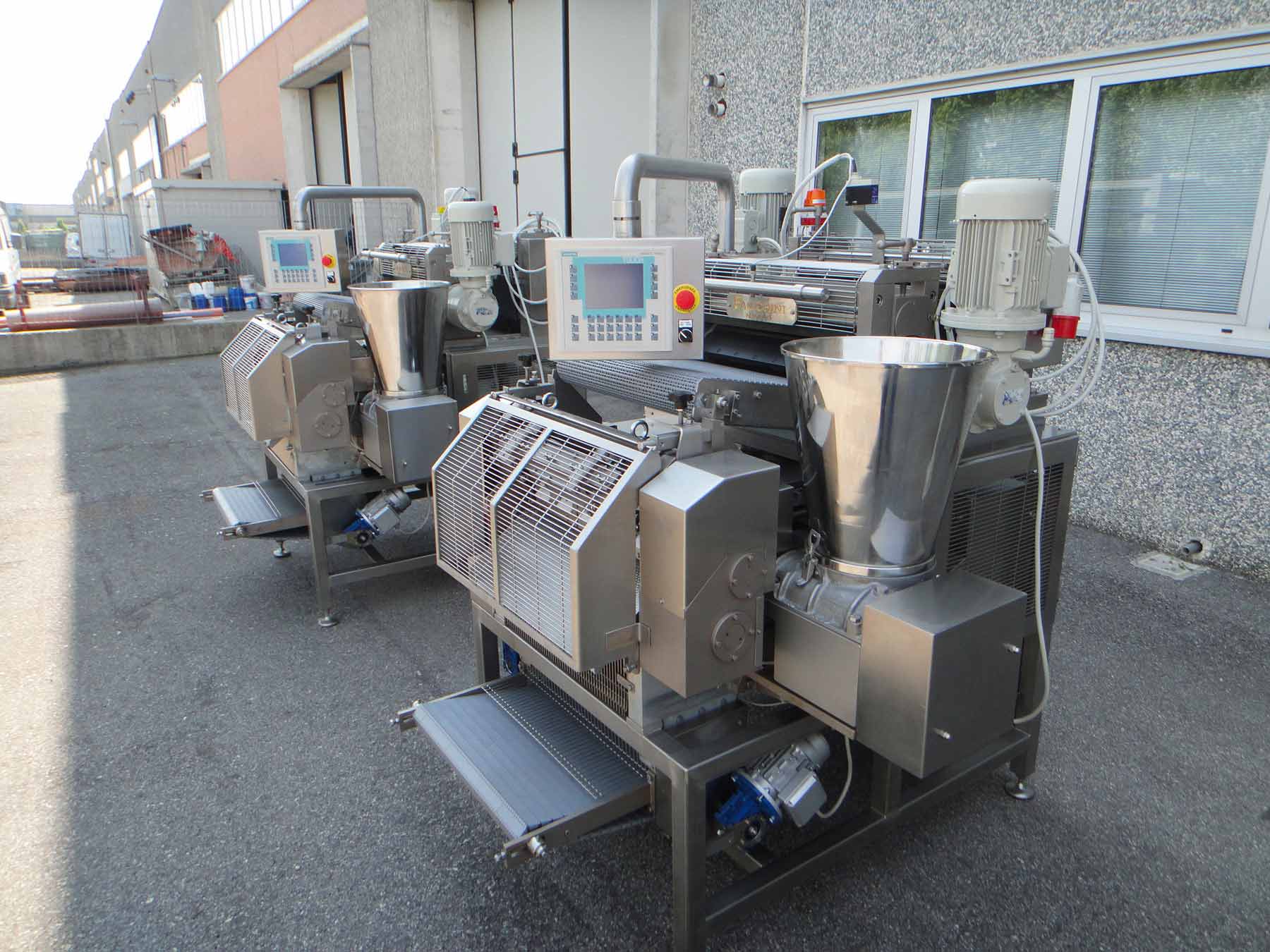If you’ve come across the formula HCOOCH CH2 H2O, you might be wondering what it really means. It’s not your typical high school chemistry formula—and it definitely piques curiosity. This chemical notation appears in organic chemistry discussions, particularly when talking about ester reactions and hydrolysis.
To put it simply, HCOOCH CH2 H2O points toward a reaction involving formic acid esters, often linked to methyl formate or its derivatives, and water. These components are involved in interesting chemical behaviors that are useful in both laboratory research and industrial applications. But don’t worry—we’re going to break it down in a way that makes sense, even if you’re not a chemist.
Understanding the Components of HCOOCH CH2 H2O
The formula might look confusing at first, but each part of HCOOCH CH2 H2O has a story. Let’s split it into understandable pieces. HCOOCH refers to a formate ester. Esters like these are commonly used in flavorings, perfumes, and some solvents. CH2 in this context usually represents a part of the organic backbone—a methylene group. And then there’s H2O, which, as we know, is water.
When these components interact, especially under acidic or basic conditions, they undergo hydrolysis—a reaction where water breaks bonds and transforms the original ester into other useful compounds. This reaction is foundational in organic synthesis and biochemistry.
Where You Might See HCOOCH CH2 H2O in Real Life
Though it may seem like a niche topic, the reaction involving HCOOCH CH2 H2O shows up in real-world places. Think about fragrance production, biodegradable plastics, and even fuel cells. These processes often involve esters, water, and methylene bridges that behave in similar patterns.
One notable example is in methyl formate hydrolysis, which produces methanol and formic acid—two incredibly important compounds used in industries ranging from pharmaceuticals to agriculture.
So yes, this reaction isn’t just some academic exercise—it’s shaping the chemistry behind things you likely use daily.
Why This Chemical Reaction Is Useful in Industry
One reason chemists love the reaction behind HCOOCH CH2 H2O is its versatility. This type of reaction allows for:
- Ester breakdown into useful acids and alcohols
- Reversible reactions, which are great for equilibrium studies
- Energy-efficient pathways for forming or breaking down organic compounds
For example, in the field of green chemistry, hydrolysis of esters like HCOOCH with water reduces the need for harsh chemicals, making processes more eco-friendly.
Also, this reaction is relatively easy to control, so it’s excellent for educational labs, teaching students how water can change the nature of an organic molecule.
Key Properties of the Reactants and Products
Let’s go a bit deeper into the properties that make HCOOCH CH2 H2O reactions interesting. Formate esters (HCOOCH) are volatile and have a fruity odor. They’re flammable but also biodegradable, which adds to their environmental appeal. The methylene unit (CH2) plays a role in extending carbon chains and helps determine the structure and reactivity of organic compounds.
Water (H2O), of course, is the universal solvent and plays the critical role of a nucleophile in hydrolysis reactions. When these elements combine under the right conditions, they form new compounds with entirely different properties—some of which are highly valuable commercially.
How the Reaction Mechanism Works
The reaction mechanism behind HCOOCH CH2 H2O follows a basic acid- or base-catalyzed hydrolysis pathway. First, water attacks the carbonyl carbon of the ester (HCOOCH). This leads to a breakdown of the ester bond and the formation of a carboxylic acid and an alcohol.
The general steps are:
- Nucleophilic attack by water on the ester group
- Intermediate formation, where bond rearrangement begins
- Cleavage of the ester into formic acid and another organic alcohol
This is a textbook reaction in organic chemistry—and it’s incredibly predictable, which is why it’s often used in educational experiments.
Is This Reaction Reversible?
Yes, and that’s a key point. The HCOOCH CH2 H2O reaction can be reversed under controlled conditions. This makes it an excellent candidate for studies in chemical equilibrium. For instance, if you remove water from the system, the ester can reform—a process used in synthetic organic chemistry.
Industries sometimes take advantage of this reversibility to recycle materials or reduce waste. It also allows scientists to fine-tune how much product they generate, depending on what they need at the end of the reaction.
FAQs About HCOOCH CH2 H2O
What does HCOOCH CH2 H2O represent?
It represents a reaction involving a formate ester, a methylene group, and water—typically leading to hydrolysis.
Is this a common reaction?
Yes. It’s a fundamental organic reaction seen in both labs and industry, especially in ester breakdown processes.
What are the main products?
Typically, formic acid and an alcohol like methanol, depending on the ester variant used.
Is the reaction safe?
Generally, yes, if handled in a controlled environment. However, some esters are flammable and require careful storage.
Can this be done at home?
Not recommended unless you have proper lab equipment and knowledge. It’s best left to controlled settings.
Real-World Applications and Impacts
The reaction tied to HCOOCH CH2 H2O isn’t just about what happens in a test tube. It plays a part in:
- Flavor and fragrance creation
- Biodegradable solvent production
- Cleaner fuel synthesis
- Organic lab training for students
Each of these fields uses the principles of ester hydrolysis and water interaction to achieve specific, useful goals. That’s why understanding even a basic reaction like this can have far-reaching implications.
Why This Reaction Deserves More Attention
At first glance, HCOOCH CH2 H2O might look like another dry chemical formula. But take a closer look, and you’ll see a valuable chemical reaction that ties together fundamental science with real-world utility. Whether it’s in perfume labs, classrooms, or industrial fuel systems, this reaction shows up more often than you’d think.
Knowing how simple molecules like esters and water interact opens the door to better chemistry—smarter, cleaner, and more sustainable. So the next time you read a complex chemical formula, remember there could be a surprisingly useful story behind it.










